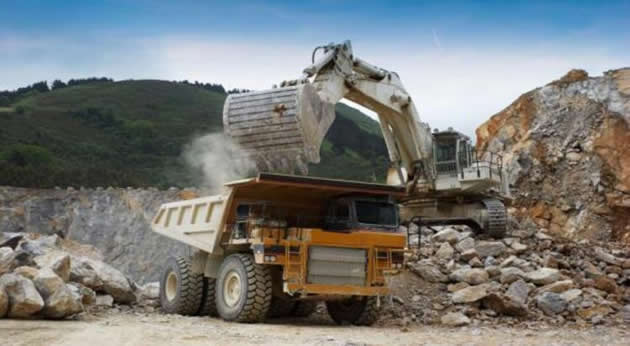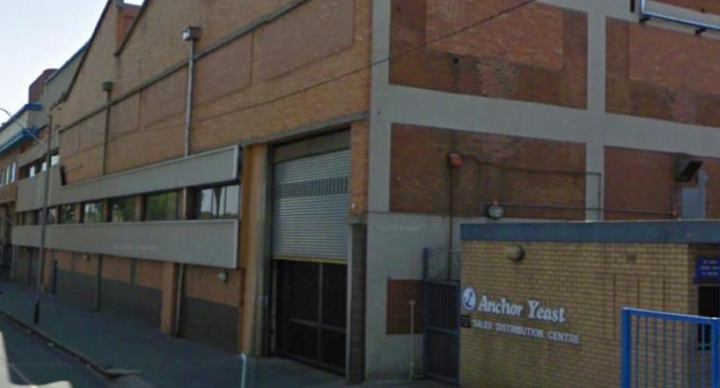Mining sector needs $4bn for retooling

Bianca Mlilo Business Reporter
THE mining industry in Zimbabwe requires about $3.8 billion over the next five years for retooling purposes, a report has shown. Of this figure $1.2 billion is required for supporting business while $2.6 billion is for developmental investments. A survey done by the Chamber of Mines Zimbabwe (COMZ) for 2015 indicates that the mining industry is facing numerous constraints in raising requisite capital for staying in business or ramping up production.
According to the report a majority of mining firms, excluding the diamond sub-sector, said that they were using antiquated and inefficient equipment. Most of the country’s companies and parastatals are saddled with obsolete equipment, which has led to many of them operating below capacity as the machinery in use cannot keep up with the force exerted on it.
Average capacity utilisation for the mining sector declined from 71 percent in 2014, to 60 percent in 2015, reads the report. Furthermore, the sector’s contribution to GDP is estimated to have fallen to 9 percent in 2015 from 9.2 percent in 2014 and 10 percent in 2013.
The report indicates the platinum sector continues to operate at full capacity due to the fairly modern equipment in use. The equipment used by the platinum mines was acquired in the new millennium, whereas other mining sectors like gold use equipment that was installed as far back as 1960.
The average grade for the mining industry fell across most minerals from 2014 to 2015. This was attributed to a high cost structure, compared to falling prices, which will lead to an increase in the cut off grade.
Gold’s average grade fell from average of 3.5g/tonne in 2014 to 3.4g/tonne in 2015 while platinum fell from average of 3,45g/tonne to 3.39g/tonne. The declining mineral grade, at a time when mineral prices are depressed may be a reflection of the lack of investment in development over the years.
Under normal circumstances mines are expected to go for higher grades to increase production to cover the potential revenue loss from low prices.











Comments